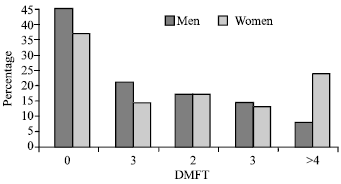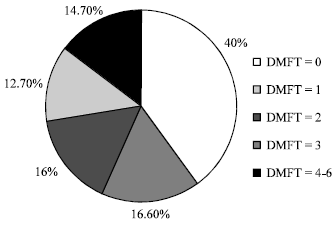Research Article
Survey of Fluoride Concentration in Drinking Water Sources and Prevalence of DMFT in the 12 Years Old Students in Behshar City
School of Public Health, Center for Environmental Research, Tehran University of Medical Sciences, Tehran, Iran
M.A. Zazoli
School of Health, Environmental Health Research Center, Mazandaran University of Medical Sciences, Sari, Iran
M. Younecian
School of Public Health, Center for Environmental Research, Tehran University of Medical Sciences, Tehran, Iran
B. Nicpour
Health Center of Behshar City, Behshar, Mazandaran, Iran
A. Babapour
Health Center of Behshar City, Behshar, Mazandaran, Iran












